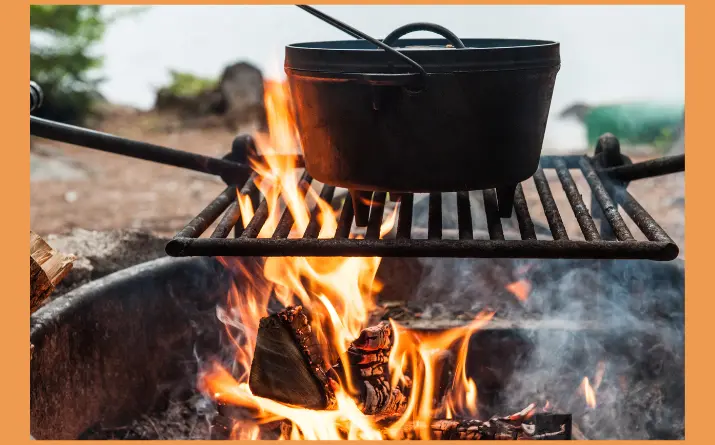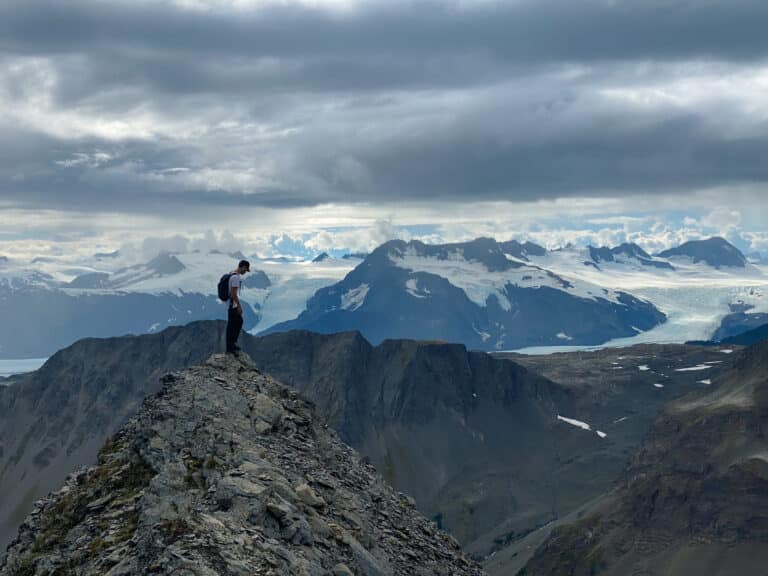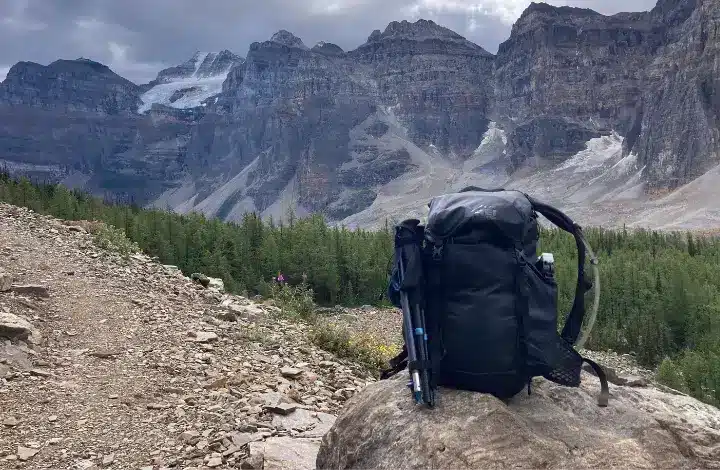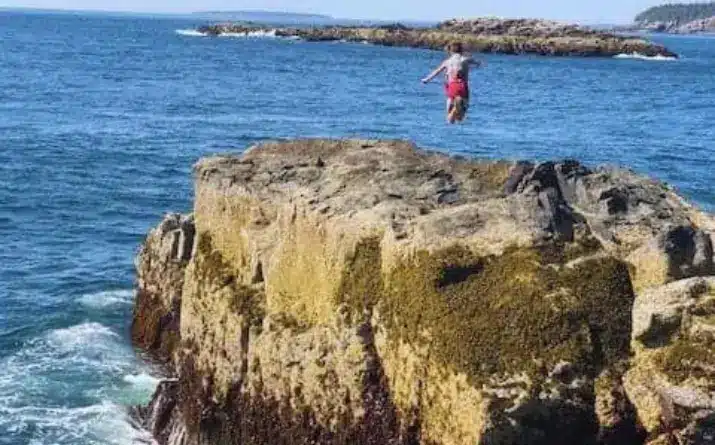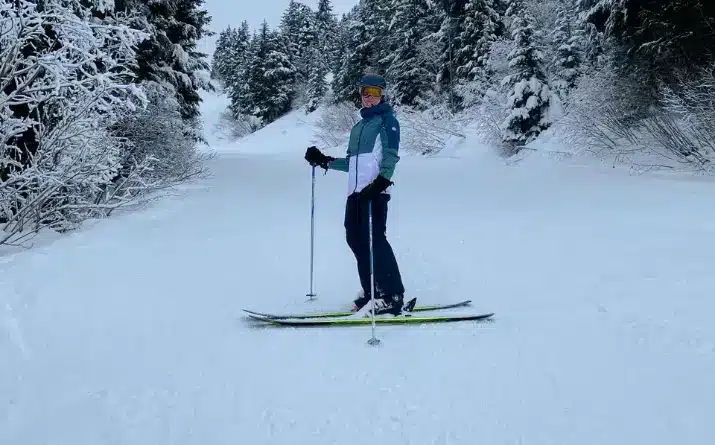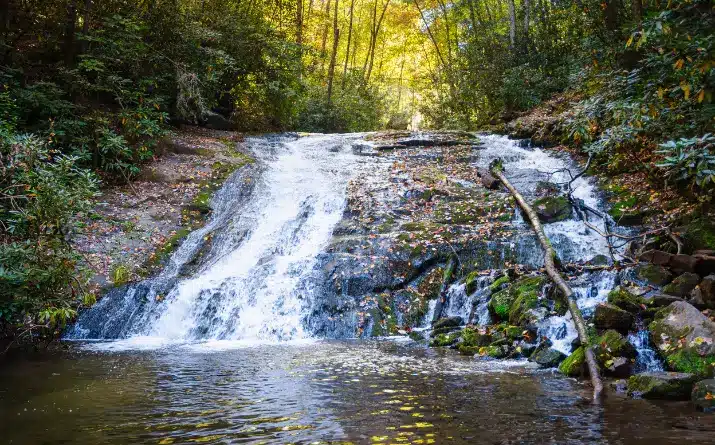The Best Tent Camping Gear for Outdoor Adventures
“Ah ha!” I exclaimed, discovering my lost hiking pants in my “tent camping bag.” A clear sign that it had been too long since I last adventured on an overnight. Many things in life can get in the way of spending nights in nature (in my case mold remediation, COVID, and a partially torn ACL conspired to keep me at home). Being organized with the best tent camping gear shouldn’t be one of them.
By creating a “tent camping” bag or bin, you set yourself up for the opportunity to get into the woods at the drop of a hat. When my friend and I found a night that finally worked for both of us, the car was packed and ready to go within 30 minutes, leaving more time for us to be out in the wild.
Over the years, I’ve honed my list of what I consider to be essentials, along with a few luxuries, to keep me comfortable at camp. Each person customizes their list over time.
Here’s mine, refined over hundreds of nights spent outside and divided into three categories: sleeping, eating, and cleaning.
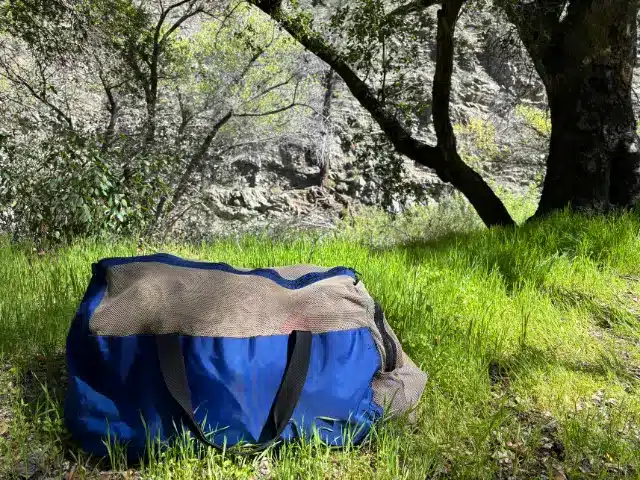
Outdoor Gear for Sleeping
Tent
There are myriad styles of tents that you can choose from and a number of characteristics to keep in mind when making your selection. Here are some key features to consider when shopping for a tent:
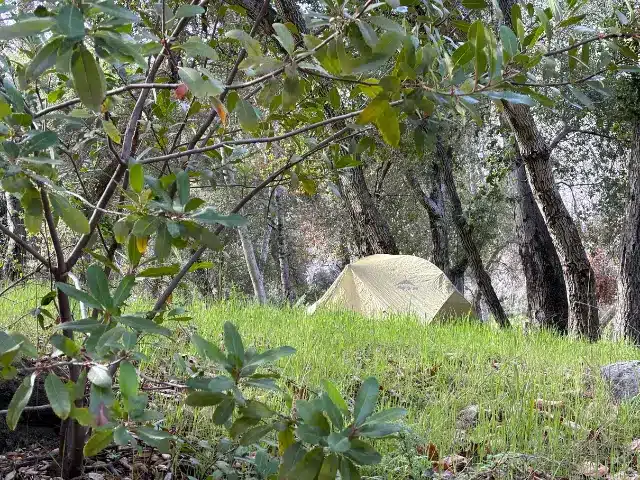
These are some features that I love about my two-person MSR Hubba Hubba:
That said, if you’re car camping, you might look for something with a little more space, since weight is less of a factor. The REI Half Dome 3+ fits a queen size air mattress and is roomy enough for the whole family—or a very spacious solo camp with plenty of headroom.
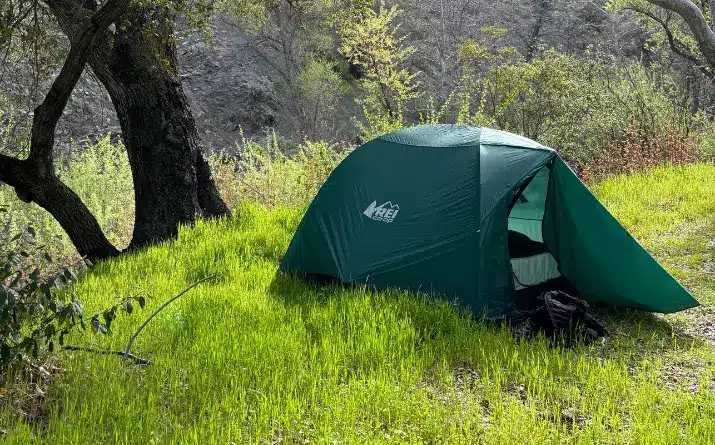
Outdoor Sleeping Pads
When it comes to sleeping pads, I love a fully inflatable one. They take a little more time to blow up than the self-inflating kind, but you’ll get a cushier, often warmer, pad underneath you.
My Top Choice
My top choice is the ThermaRest NeoAir XTherm, although for my next purchase, I’ll go with something wider (like its cousin the Therm Max).
Features to Consider
Here are some factors to consider when choosing the best sleeping pad for your outdoor adventures:
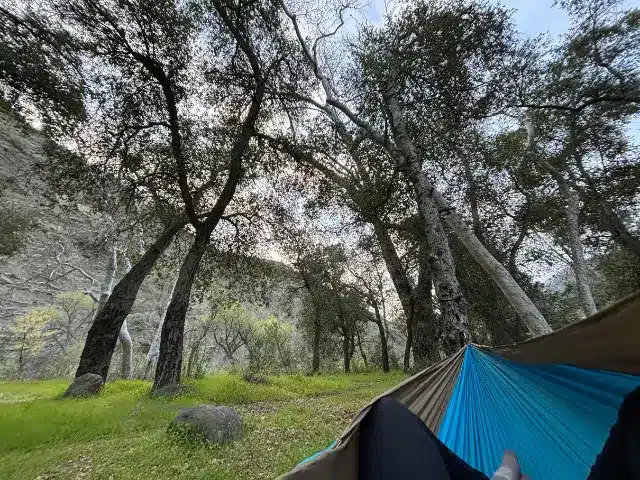
Sleeping Bags
Sleeping bags are perhaps my favorite piece of camping gear—cozying up in one after a day spent outdoors is a recipe for instant happiness.
My top pick for three-season camping is the Nemo Riff.
When you’re looking for a new sleeping bag to buy, consider the following:
Other key items for the nighttime:
Camp Cooking
Cooking at camp is a necessary, but also lovely component of a camping journey. It’s a chance to bring in creativity, to make sure you’re fueled for your adventures, and to create something together with your campmates.
Having the right cooking accessories can make it even better. If you’re cooking over a fire, you’ll need slightly different gear than if you want to use a stove. As with all outdoor gear, there are many options, but some research and testing will help you make the right decisions for your camping style.
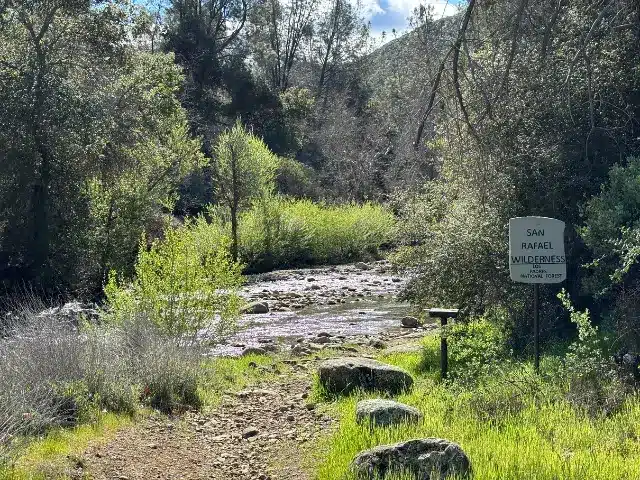
Cooking Gear
Do you want a stove that does double duty for car camping and backpacking? Or are you willing to commit to something heftier for the car trips?
My Favorite Camping Stove
I personally love the MSR Pocket Rocket because it’s absurdly small, quick to set up, and, thus far, proven to be extremely reliable. You can’t carry the pressurized butane canisters on an airplane, but they are typically easy to procure at outdoor gear, sporting goods, or even convenience stores closer to your trailhead when you’re traveling.
Outdoor Cook Box
For your cooking utensils, your best bet is pieces that have all metal so that plastic components won’t burn, like this set from TOAKS (corrosion resistant and weighs less than six ounces) or this pot from MSR.
And don’t forget your pot holders (I’m attached to my homemade versions created with hot loops—they’re small and light but hold up well – perfect for camping!).
For eating, you can, of course, bring any non-fragile dishware, but I prefer to have a dedicated bowl and spork. I use a Nalgene 16-ounce storage container with a lid, which is great for letting food like oatmeal or instant noodles sit and cook off the stove, or for keeping leftovers if you don’t quite make it through the meal.
Other things to keep in your cook box:
Campsite Clean Up
Finally, the least glamorous part of camping: the clean up. In this category, I think of both cleaning up after meals, and cleaning up after I do my “business.”
Don’t leave home without these items:
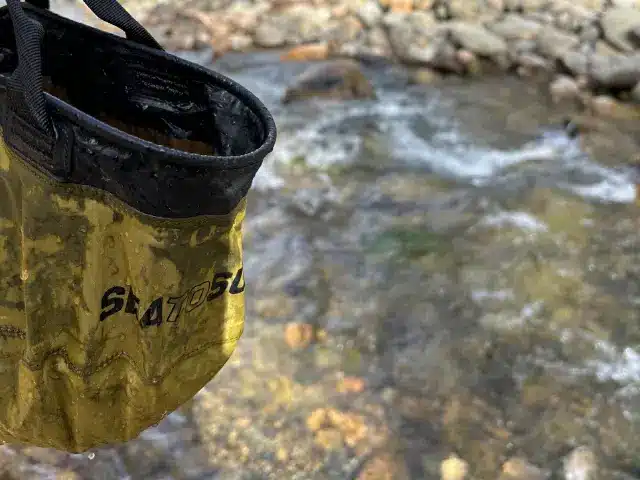
You’re Ready for Outdoor Camping Adventures
Keep all your camping things together in a plastic bin, mesh duffel, or other container. With everything in one place, all you need to do is grab the box, remove anything you don’t need for each particular trip, add appropriate clothes for the climate, and pack your food. You’re ready to get out there lickety split!
Don’t forget to clean and dry everything when you get home so it’s ready for your next adventure!
Do you have any additional items that are must-haves for your tent camping adventures? Let us know in the comments section below.
Happy Camping!
Related Reading
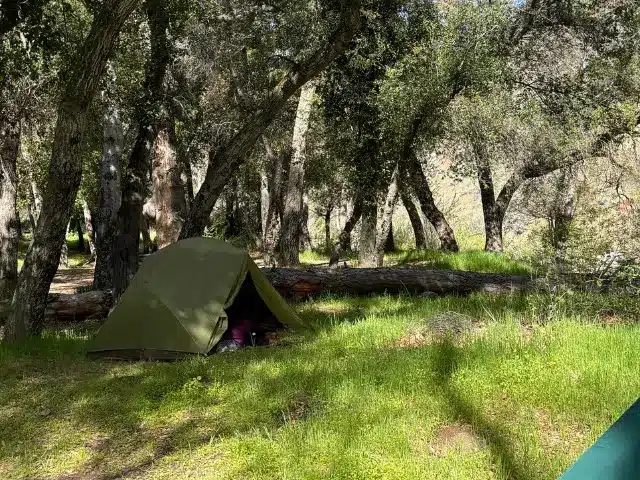

Jane Cullina is based in Santa Barbara, California, where she draws inspiration from the juxtaposition of sea and mountains that frame her surroundings. Her experiences as an outdoor educator on both coasts cemented Jane’s belief that time spent in nature leads to extraordinary moments of growth and connection. Today, whether at work as a project manager, educator, and writer, or at play in the wilderness of the U.S., Canada, and beyond, Jane seeks to weave together the practical with the profound.


